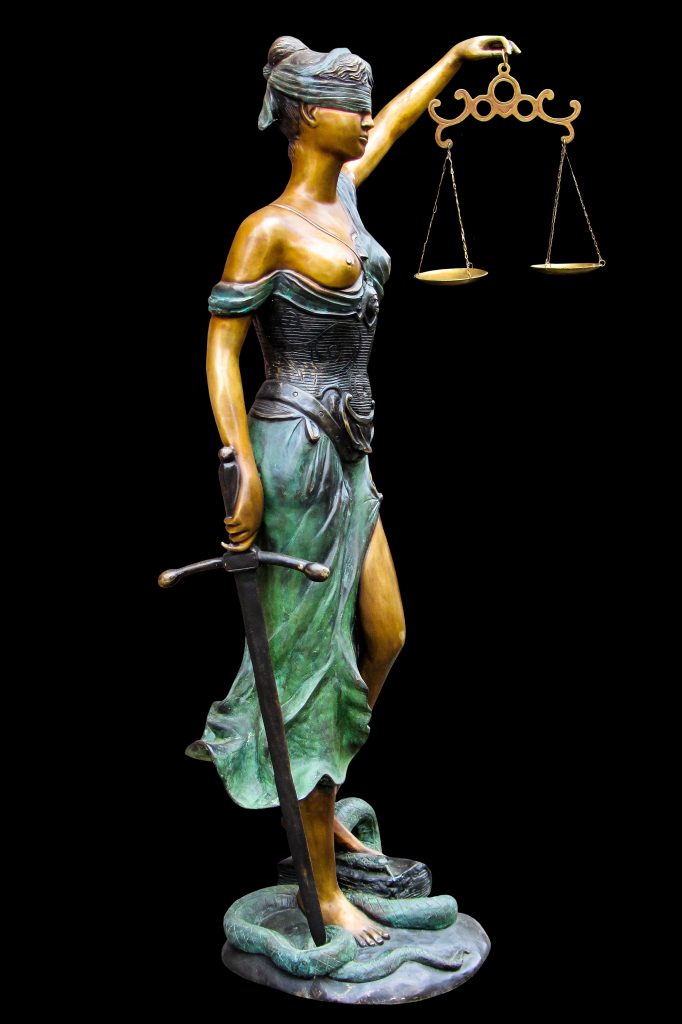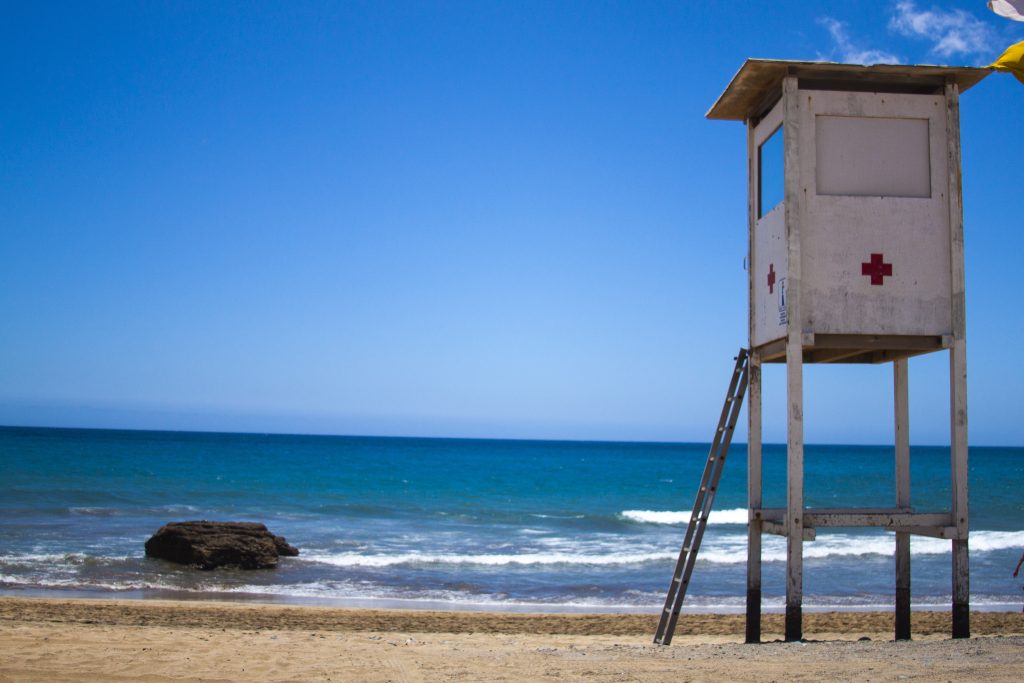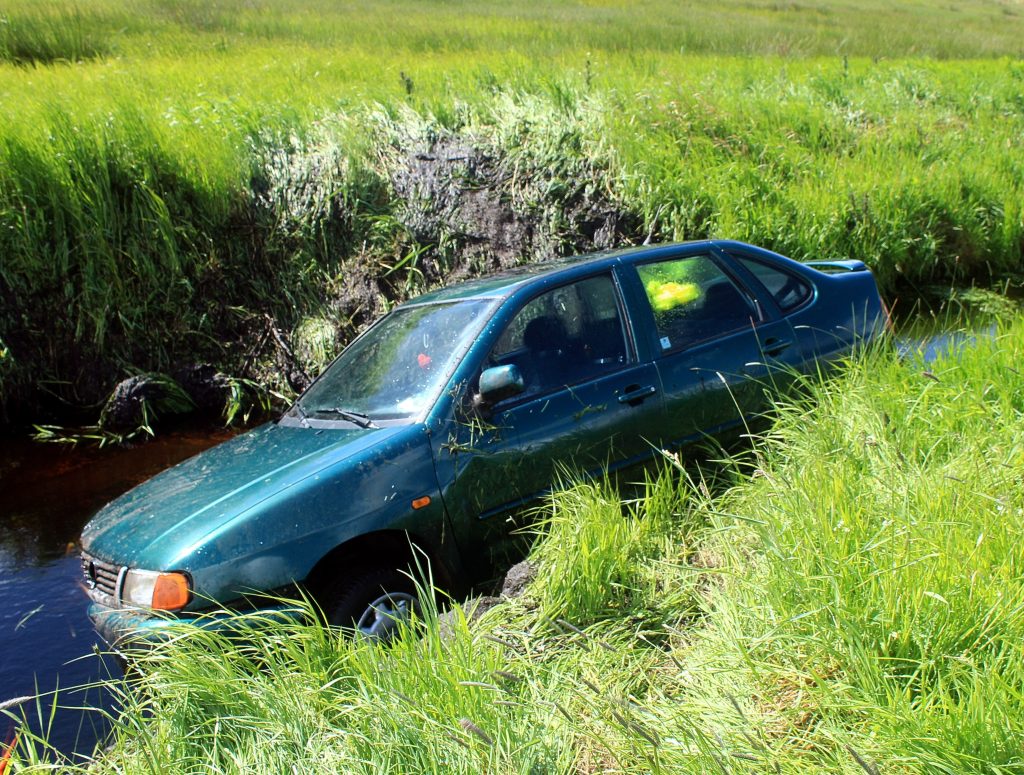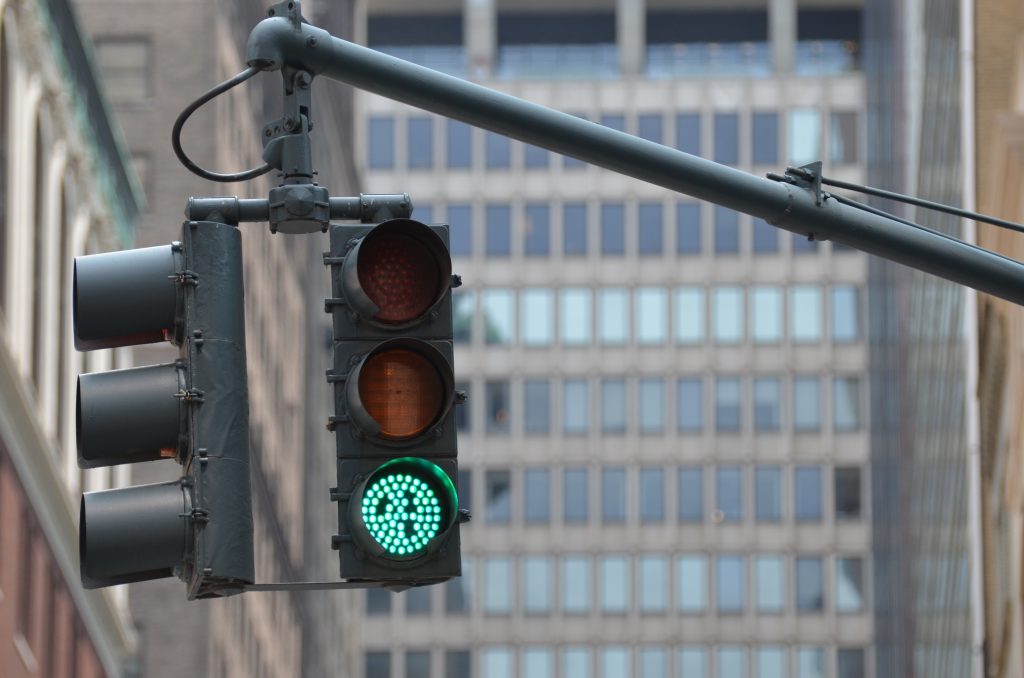 Juries are one of the most important foundations in our legal system. Their role is to determine the truth behind the sometimes confusing legal language and provide justice. Juries rely on the information given to them by lawyers in the form of Jury Questions. However, when an alleged ambiguous term appears in the questionnaire, the court must determine if that specific word tainted the jury’s verdict.
Juries are one of the most important foundations in our legal system. Their role is to determine the truth behind the sometimes confusing legal language and provide justice. Juries rely on the information given to them by lawyers in the form of Jury Questions. However, when an alleged ambiguous term appears in the questionnaire, the court must determine if that specific word tainted the jury’s verdict.
Richard Bosarge filed a lawsuit against his employer Cheramie Marine to recover damages from injuries sustained on a voyage when using one of Cherami Marine’s utility vessels. Borsarge had applied to work at Cheramie Marine, and as part of the pre-employment physical, he was asked if he had any prior back pain or injury. Borsarge told Marine he did not, concealing that he had back pain, and sought medical care. While on board one of Marine’s vessels in July 2014, Bosarge claimed the captain encountered “high waves,” Bosarge was injured when the captain decided to go through them.
At trial, Cheramie Marine brought evidence that the waves were not, in fact, “violent,” and Bosarge’s pain was not from falling but from being seasick. Marine also brought in a medical expert who testified Bosarge’s pre-injury MRI scan looked worse than the post-injury MRI scan. The jury concluded they did not think Bosarge suffered an accident on July 18, 2014, and he did conceal material medical facts during the pre-employment medical examination and interview process. The trial court agreed with the jury’s findings.
 Louisiana Personal Injury Lawyer Blog
Louisiana Personal Injury Lawyer Blog


 The jury process is considered the great equalizer when it comes to the everyday man fighting large corporations. Juries in Louisiana are made up of twelve people tasked with evaluating the evidence and legal arguments of the parties. While juries do, their best mistakes can be made and corrected by the Judge overseeing the case. So what happens if a jury leaves out critical items of a damage award? Can a Judge increase a jury’s award of damages? The following lawsuit out of Lake Charles helps answer this question.
The jury process is considered the great equalizer when it comes to the everyday man fighting large corporations. Juries in Louisiana are made up of twelve people tasked with evaluating the evidence and legal arguments of the parties. While juries do, their best mistakes can be made and corrected by the Judge overseeing the case. So what happens if a jury leaves out critical items of a damage award? Can a Judge increase a jury’s award of damages? The following lawsuit out of Lake Charles helps answer this question.  If you are injured by someone in their course of employment, you can contact their employer for your compensation. But unfortunately, employers hire independent contractors to skirt around liability when their workers mess up. Below is a cautionary tale about how cascading levels of independent contractors left an injured plaintiff with limited sources for his injuries.
If you are injured by someone in their course of employment, you can contact their employer for your compensation. But unfortunately, employers hire independent contractors to skirt around liability when their workers mess up. Below is a cautionary tale about how cascading levels of independent contractors left an injured plaintiff with limited sources for his injuries.  Some mistakes can cost you your job. Rules and regulations are drafted and enacted in the medical field to ensure a safe work environment. Before breaking a rule to get your job done, consider the danger in which you could place yourself or your interests. The following lawsuit from Slidell shows how unemployment benefits can be taken away due to employee misconduct.
Some mistakes can cost you your job. Rules and regulations are drafted and enacted in the medical field to ensure a safe work environment. Before breaking a rule to get your job done, consider the danger in which you could place yourself or your interests. The following lawsuit from Slidell shows how unemployment benefits can be taken away due to employee misconduct.  Courts often hear contradicting testimony and must decide who to believe or who is more credible. For example, the following
Courts often hear contradicting testimony and must decide who to believe or who is more credible. For example, the following  In automobile accident cases, determining the drivers’ liability is often the core issue in determining damages. Unfortunately, who is at fault in a car accident in a parking lot can be tricky. The following lawsuit out of Lake Charles shows how courts weigh the evidence and come to conclusions in parking lot collisions.
In automobile accident cases, determining the drivers’ liability is often the core issue in determining damages. Unfortunately, who is at fault in a car accident in a parking lot can be tricky. The following lawsuit out of Lake Charles shows how courts weigh the evidence and come to conclusions in parking lot collisions.  One’s life is forever altered after an incapacitating injury. While the situation comes with enough issues, problems are enhanced when medical providers merge and change the disability benefits you have relied upon for a year. Unfortunately, this is precisely what happened to Michael Swinea after
One’s life is forever altered after an incapacitating injury. While the situation comes with enough issues, problems are enhanced when medical providers merge and change the disability benefits you have relied upon for a year. Unfortunately, this is precisely what happened to Michael Swinea after  When subcontractors get injured at work, it can be confusing to determine who is liable for damages. This case shows a company’s failed attempt at using the “two contract defense” to dismiss claims in a slip and fall case. It also helps answer the question; What is a two-contract defense in Louisiana Lawsuits?
When subcontractors get injured at work, it can be confusing to determine who is liable for damages. This case shows a company’s failed attempt at using the “two contract defense” to dismiss claims in a slip and fall case. It also helps answer the question; What is a two-contract defense in Louisiana Lawsuits? Have you ever been involved in a car accident? It’s a scary experience that can have serious consequences. If you’ve been injured in an accident, you may be entitled to compensation for your injuries and damages. But what happens when multiple parties are involved? That’s the question at the heart of a case out of Louisiana, where a car accident resulted in a lawsuit between multiple parties. The case raises important questions about the legal responsibility of parties in a car accident and the process for resolving disputes in court.
Have you ever been involved in a car accident? It’s a scary experience that can have serious consequences. If you’ve been injured in an accident, you may be entitled to compensation for your injuries and damages. But what happens when multiple parties are involved? That’s the question at the heart of a case out of Louisiana, where a car accident resulted in a lawsuit between multiple parties. The case raises important questions about the legal responsibility of parties in a car accident and the process for resolving disputes in court. Cities need to ensure public utilities are safe and properly installed. Road fixtures, such as traffic lights and speed limit signs, are an essential part of infrastructure. When road fixtures are installed negligently, the public needs to be able to hold the liable parties accountable.
Cities need to ensure public utilities are safe and properly installed. Road fixtures, such as traffic lights and speed limit signs, are an essential part of infrastructure. When road fixtures are installed negligently, the public needs to be able to hold the liable parties accountable.